A new year brings a chance to make positive changes in our lives, including in the garden. After all, gardening is an enjoyable hobby and is the best way to connect with nature and have fun while learning. If you’re new to gardening, you should make a few resolutions to have a successful growing season. First, resolve to learn as much as you can about gardening. Read information on any book, agricultural magazine, and website; attend lectures and workshops; and talk to other gardeners. The more you know about gardening, the better your chances of success.
From planting more plants and flowers to learning new techniques and being mindful of water conservation, there are many ways that you can further enhance your gardening skills this year. If you want to be successful in achieving your gardening goals for the new year, it’s important to start with a plan. Sit down and map what you hope to accomplish in the coming year.
New year resolutions for gardeners
Go Organic
If you’re interested in switching to organic gardening, you need to know a few things. First, organic gardening requires a bit more planning than traditional gardening. You’ll need to research what types of plants will do well in your area and ensure you have the proper growing conditions for them.
In case you missed it: Gardening Tips to Minimize Transplant Shock in Your Plants
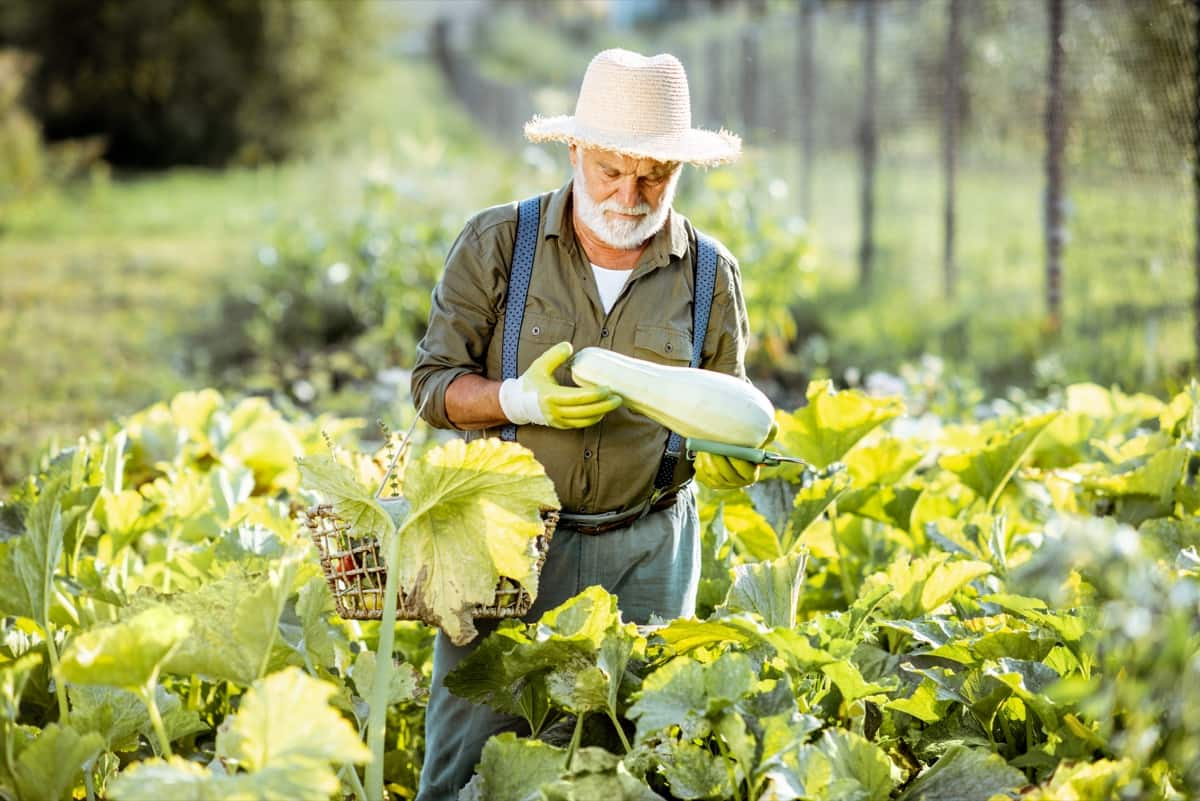
You’ll also need patience, as an organic garden can take a few years to establish. But the rewards of organic gardening are worth the effort. You’ll be able to enjoy fresh, healthy fruits and vegetables that you’ve grown yourself, and you’ll feel good knowing that you’re not using harmful chemicals on your plants. So, give organic gardening a try if you’re taking a new challenge this year.
Lessen lawn space
It’s a new year, so it’s time to consider your resolutions. This is the perfect time for gardeners to start thinking about making their gardening more efficient and sustainable. One way to do this is to lessen your lawn space. Lawns are high maintenance and require a lot of water and chemicals to keep them looking good. You can save money, time, and resources by reducing the amount of lawn you have.
If you have a large lawn, consider leaving a section natural or planting a garden. You can also use groundcover plants instead of grass in some areas. These plants are low-maintenance and will save you time and money in the long run. By reducing your lawn space, you can create a more sustainable and efficient garden that will save you money in the long run.
Save natural resources by collecting rainwater
Collecting rainwater is the best way to save natural resources. Collecting rainwater can reduce your water bill and help the environment. A rain barrel is the best way to collect rainwater.
You can also collect rainwater from your gutters. Just make sure to put a screen over the gutter’s top to keep out debris.
In case you missed it: 12 Plants that Repel Ants to Include in Your Garden
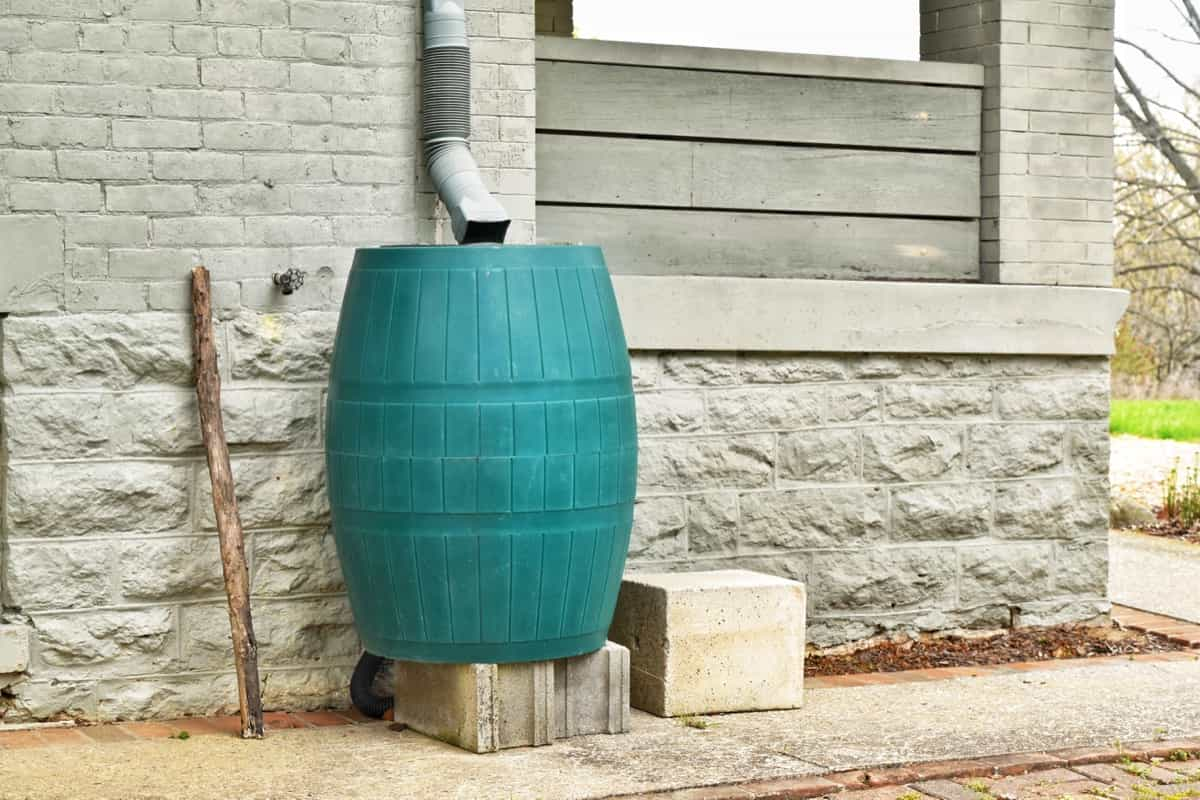
You can use a tarp to collect rainwater if you don’t have a rain barrel. Place the tarp on the ground in an area where it will catch rainfall. Then, funnel the water into a container for storage. Once you’ve collected some rainwater, you can water your plants.
Reduce plastic use
Bring your reusable shopping bags or opt for paper bags instead. Avoid single-use plastic pots and trays. Reuse or recycle old pots and trays, or buy biodegradable alternatives made from natural materials like Bamboo or Coconut fiber. Don’t use plastic mulch. Use organic mulches like wood chips or straw instead.
They’re better for the environment and your plants. Stop using plastic ties and stakes. Use biodegradable options like jute twine or bamboo stakes instead. Making even just a few of these changes will help reduce your environmental impact and save you some money in the long run.
Promote wildlife
If you want to make your garden friendlier to wildlife this year, you can do a few things to promote wildlife. One way is to provide food for them. This can be done by planting native plants that will attract insects, which will attract birds. You can also put out bird feeders and water features. Another way to promote wildlife is to provide shelter for them.
In case you missed it: 18 Moisture Loving Plants that Thrive in Wet Soil: Every Gardner Should Know These
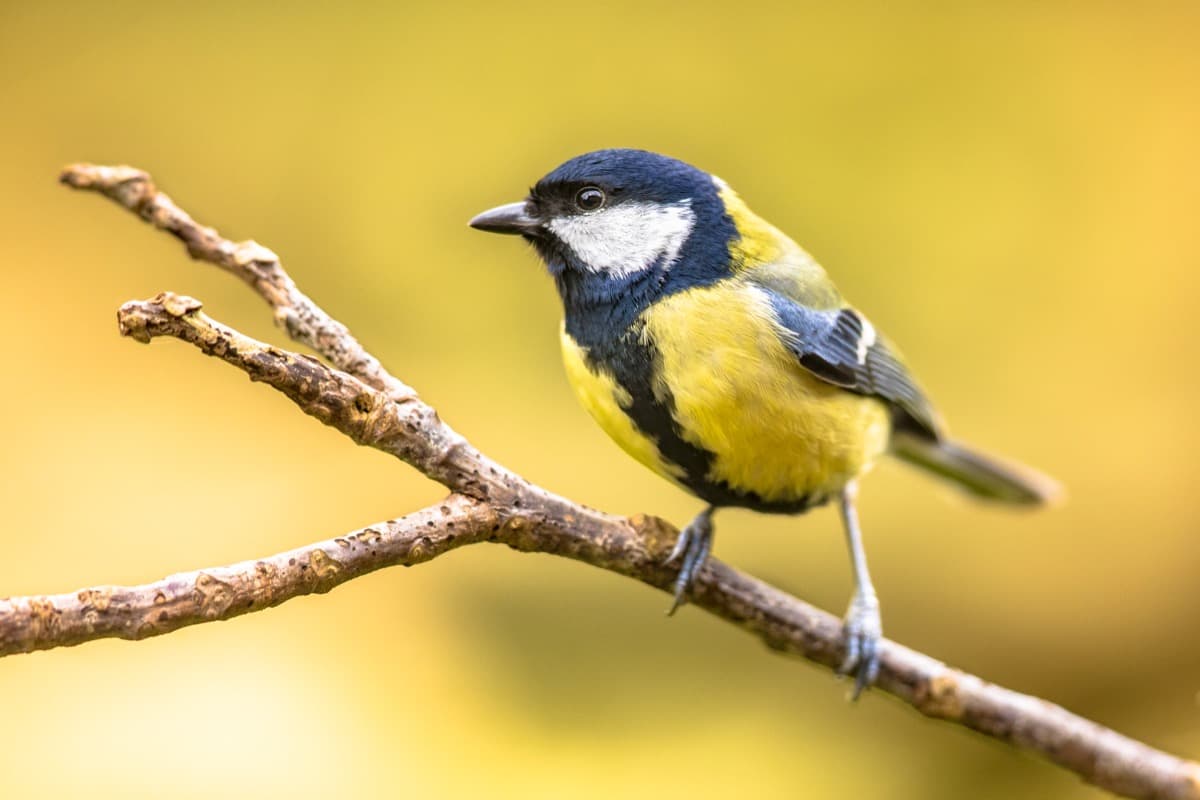
This can be done by creating brush piles or leaving some areas of your garden undisturbed. One way to help promote wildlife is by planting gardens containing various native plants. Native plants are those that are naturally found in a particular area. They provide food and shelter for local wildlife and require less maintenance than non-native plants.
Be peat free
By avoiding products that contain peat, you can help to protect these valuable ecosystems.
There are plenty of peat-free alternatives available, so it’s easy to find something that suits your needs. For example, peat-free composts are made from recycled green waste, wood fiber, or coconut coir.
Alternatively, you could make your compost using kitchen and garden waste. Peat-free gardening isn’t just good for the environment. It can also be better for your plants. Peat-free products can help maintain a more neutral pH in your soil. This is especially important if you’re growing lime-hating plants such as Rhododendrons and Camellias.
Start composting
To be eco-friendly in your gardening this year, start a compost pile. Composting is easy and can be done right in your backyard. All you need is a spot with some sun, a few bags of leaves, and kitchen scraps. Composting is great for the environment because it reduces the amount of waste. It also helps your garden by adding nutrients to the soil. Choose the right location.
You’ll need a spot close to your kitchen (for food scraps) that has good drainage. Start with a layer of brown materials, such as dead leaves or twigs. This will help aerate the compost pile and encourage decomposition. Add a layer of green materials, such as grass clippings or fruit and vegetable scraps. Continue alternating layers until the pile is about 3 feet high.
In case you missed it: Most Common Succulent Propagation Mistakes: Every Gardener Should Know
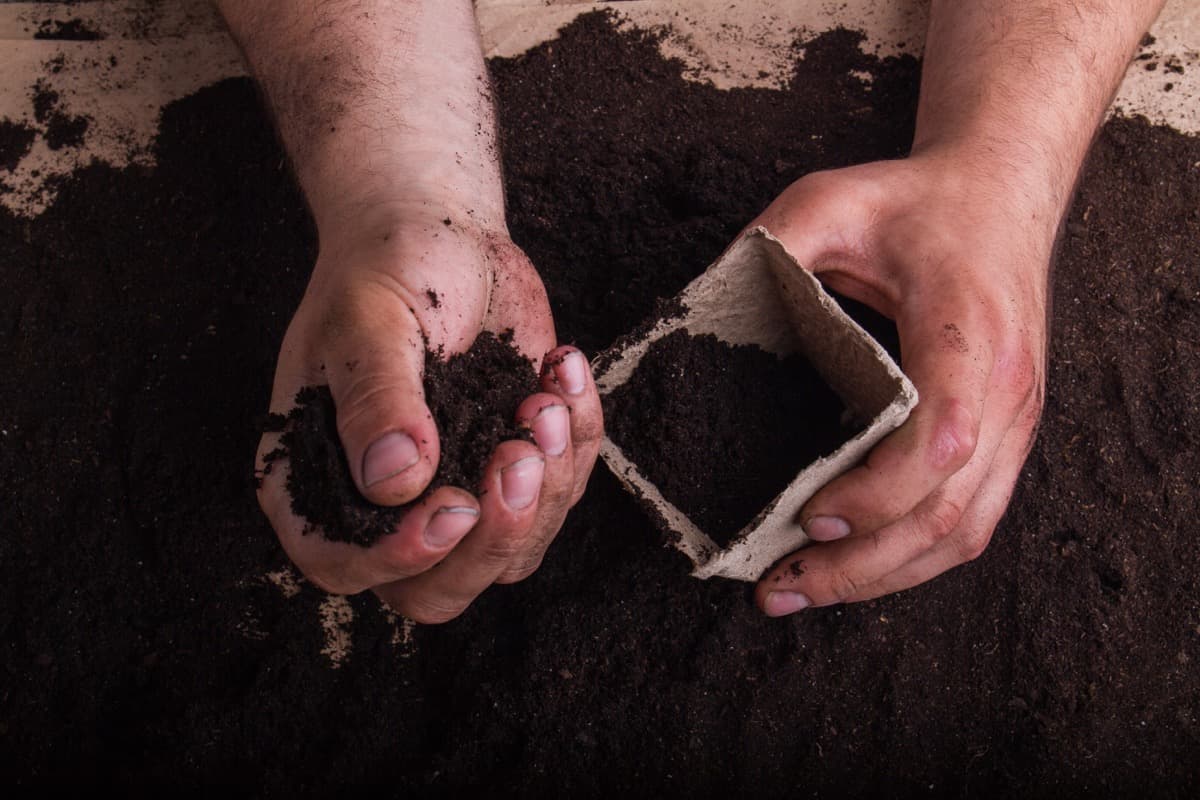
Then, cover the pile with a tarp or something similar to help retain moisture. Once every few weeks, turn the pile with a shovel or pitchfork to aerate it and speed up decomposition. After several months, your compost should be ready to use. Spread it around your garden beds or mix it into the existing soil to give your plants a boost of nutrients.
Make a comfy spot
As the weather gets colder, ensuring your garden is a comfortable place to spend time becomes more important. A fire pit, outdoor fireplace, or patio heater will keep you warm and provide a focal point for your garden. Outdoor furniture doesn’t have to be expensive or fancy. A couple of chairs and a table will do the trick. Add some blankets and cushions for extra comfort.
String lights, lanterns, or solar lights will add warmth and ambiance to your garden.
Some plants thrive in colder months.
Work from garden
With a few simple tweaks to your routine, you can turn your garden into a productive space for work, play, and relaxation. Make sure you have a comfortable place to sit or recline in your garden to enjoy the space. The right tools will make all the difference when working in your garden. Stock up on essentials like gloves, trowels, and shears, and consider investing in a wheelbarrow or raised bed if you don’t already have one.
If you’re working in your garden more often, you’ll need somewhere to store your tools and supplies. Whether it’s a shed, cabinet, or just some shelving unit, make sure there’s a designated spot for everything so you can easily find what you need when you need it. Once you know what kinds of plants you want to grow, map out where they’ll go in your garden before you start digging. This will help ensure that everything has enough room to grow and looks tidy.
Make weeding a routine
Weeding is one of the most important, and yet least favorite, gardening tasks. By making weeding a regular part of your gardening routine, you can keep your garden beds free of unwanted plants and make them look their best. Make it a habit to weed every time you’re in the garden. Whether watering, fertilizing, or just checking on your plants, take a few minutes to pull up any weeds you see.
In case you missed it: 11 Self-watering Container Gardening Ideas: DIY Steps with 5 Gallon Buckets
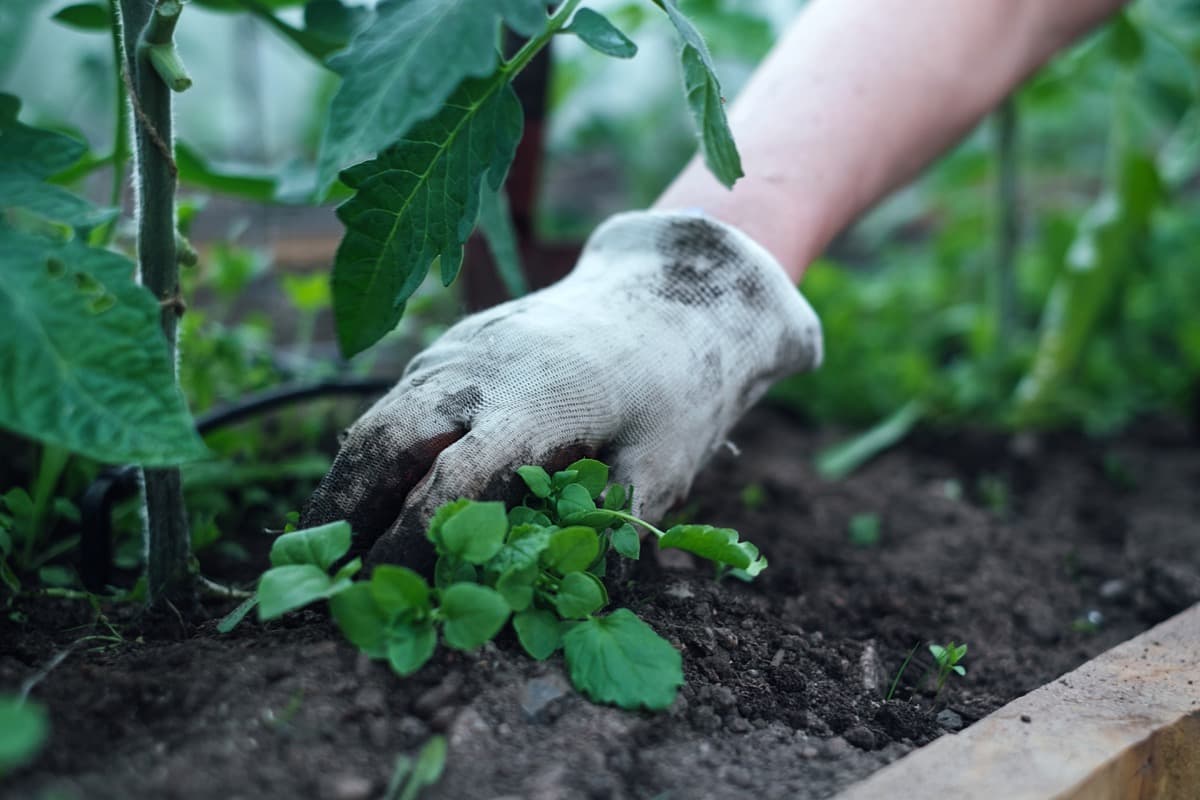
Keep a garden hoe or other weeding tool handy, so you can quickly remove any weeds that pop up. Focus on weeding problem areas in your garden beds. These are areas where weeds seem to thrive or are particularly noticeable. By targeting these areas, you can stay ahead of the weed problem. Pull them up before they have a chance to spread their seeds throughout your garden beds. Use mulch in your garden beds to help prevent weeds from taking root.
Include native plants in your garden
Including native plants in your garden is a great way to support local wildlife and ecosystems. Native plants, like local climate and soil, require less water, fertilizer, and pesticides than non-native plants. They also provide food and shelter for local birds, bees, and other animals. Once you’ve chosen your plants, be sure to properly prepare the soil before planting. Then sit back and enjoy watching your garden grow.
Grow more food
Growing your food can be a fun and rewarding experience, and it’s a great way to get fresh, healthy produce. When selecting a spot for your garden, make sure you choose an area with plenty of sunlight and good drainage. Before you plant anything, it’s important to prepare the soil by adding some organic matter like compost or manure. This will help improve the quality of the soil and give your plants a boost.
In case you missed it: Key Rules to Grow and Care for Patchouli: A Beginners Garden Guide
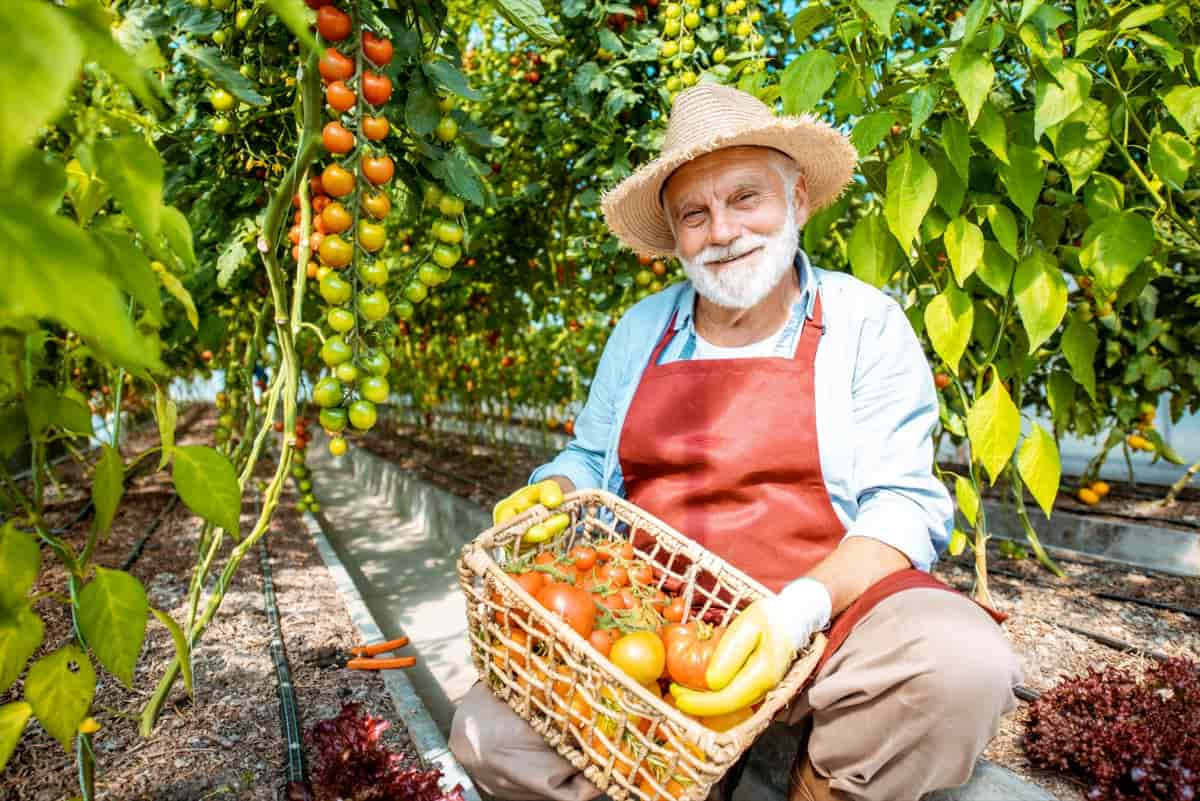
If you’re new to gardening, it’s best to start small and gradually build your garden as you become more comfortable. Not all plants are created equal some are easier to grow than others. Research beforehand to choose plants that work well in your particular climate and soil type. Ensure you regularly give your plants enough water, especially during the hot summer.
Conclusion
Gardening is the best way to relieve stress, get some exercise, and be at one with nature. Gardeners of all levels can benefit from setting New Year’s resolutions. If you are a beginner, having clear goals will help provide direction and focus to your gardening efforts throughout the year. From trying out new plants and techniques to creating a maintenance schedule for your garden, setting realistic yet challenging goals for yourself is key to success in the garden.
- Growing Gold: Essential Techniques for Planting Pineapples
- How to Make Kalanchoe Plant Bushy: Home Remedies and Solutions
- 11 Reasons Why Your Gardenia is Not Blooming: Home Remedies and Solutions
- Eco Elegance: The Guide to Designing a Drought-Tolerant Landscape
- Gardening on a Slope: Strategies for Hillside Landscaping
- Nourish and Flourish: Top Organic Mulches for Thriving House Plants
- Everything You Want to Know about Indian Mogra Flower: Discover Uses and Growing
- Green Thumb Success: Expert Tips for Cultivating Greenhouse Pumpkins All Year Round
- Maximize Growth & Flavor: The Ultimate Guide to Companion Planting in Herb Gardens
- How to Control Rhododendron Problems Naturally: Home Remedies and Organic Ways to Fix Them
- Natural Magic: The Remarkable Benefits of Cinnamon for Plants
- Best Steps to Revive Dying Tulip with Natural and Organic Treatment
- 10 Reasons Why Your Angel Trumpet is Not Blooming: Remedies and Treatment
- How to Fix Periwinkle Leaf and Flower-Related Problems: Natural Remedies and Solutions
- How to Fix Zinnias Leaf and Flower Problems: Discover Natural and Home Remedies
- Organic Steps to Induce Lemon Tree Flowers: A Comprehensive Guide
- Bloom Booster: Crafting the Perfect Homemade Bougainvillea Fertilizer
- Optimizing Growth: A Guide to Applying NPK Fertilizer for Potted Plants
- 10 Best Homemade Fertilizers for Rubber Plant: DIY Recipes and Application Method
- How to Boost Female Pumpkin Flowers: Effective Steps for More Flowers and High Yields
- Transform Your Indoor Garden: Top Benefits of Pink Salt for Houseplants
- 10 Best Homemade Fertilizers for Peacock Plants (Calathea): Easy DIY Guide
- Unlock Blooms: 9 Reasons Why Your Potted Chrysanthemum is Not Blooming
- 8 Reasons Why Your Potted Hibiscus is Not Blooming: Fix it with Simple Solutions
- Unlock Blooms: 9 Key Reasons Your Potted Frangipani Won’t Flower
- 10 Reasons Why Is My Ice Plant Not Blooming: Remedies and Treatment
- 10 Reasons Why My Potted Hydrangea Not Blooming: Treatment and Remedies
- 10 Reasons Why is My Wisteria Not Blooming: Remedies and Treatment
- 10 Reasons Why is My Goldfish Plant Not Blooming: Remedies and Treatment
- Maximize Your Space: Ultimate Guide to Balcony Gardening with Grow Bags
- 10 Reasons Why Your Iris is Not Blooming: Remedies and Treatment
- 10 Reasons Why Your Anthurium Plant is Not Blooming: Treatment and Remedies
- 10 Reasons Why Your Aquaponic Plants Are Not Flowering: Remedies and Treatment
- 10 Reasons Why Your Agapanthus is Not Flowering: Remedies and Treatment
- Ultimate Guide to Brown Turkey Fig: Steps to Growing Brown Turkey Figs
- How to Grow Acai Berry: Propagation, Planting, and Care